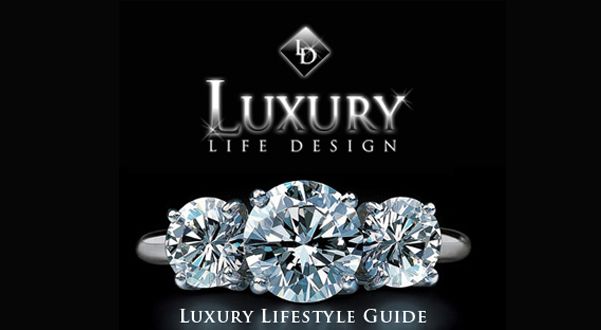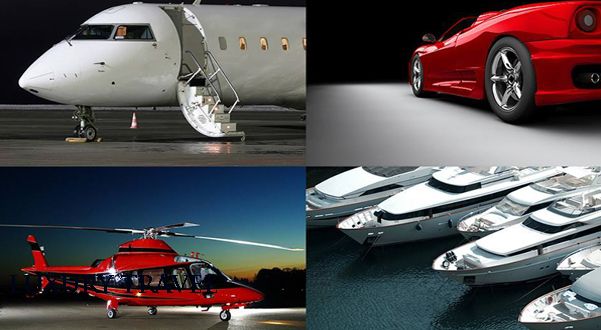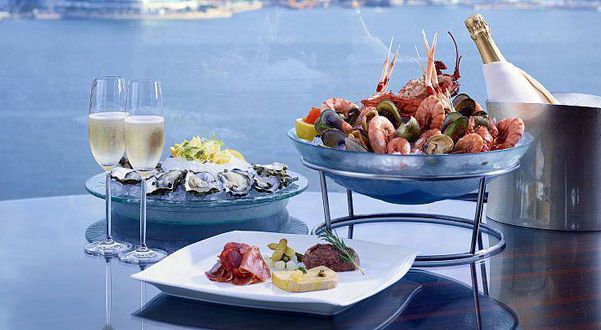What's more luxurious and opulent than a Rolls Royce? Well, nothing else
really, except maybe gold-plated Porsche, but since they don't have a
whole line of those yet, people tend to stick to Rolls Royces. Born out
of the partnership between Charles Stewart Rolls and Frederick Henry
Royce, the company started out in 1906 in Britain.
Rolls-Royce Limited was created over a
famous lunch in May 1904. Henry Royce, a successful engineer, struck a
deal with Charles Rolls, owner of one of the first car dealerships. The
rest is history. The ensuing series of two, three, four and six cylinder
cars broke the mould for engineering and craftsmanship.
As with many other car manufacturers, during the First World War, Rolls Royce was turned to war production, but instead of building cars, they build airplane engines like the Eagle which was used by half of of the Allied fighters.
The 40s and 50s were prosperous times for the Rolls Royce company and that is why, in 1966, the manufacturer decided to further expand its influence and buy out Bristol Siddeley, the other great aero engine manufacturer in Britain.
In 1950, HRH Princess Elizabeth and the Duke of Edinburgh broke a
long-standing royal tradition and took delivery of the first Phantom IV.
Designed exclusively for Royalty and Heads of State, the Phantom IV is
one of the rarest Rolls-Royce motor cars in the world, with only 18 ever
being produced.
The swinging sixties saw Rolls-Royce appeal to a new breed of owner. With many actors, pop stars and celebrities of the day choosing the marque. Not for the first time, a Rolls-Royce became a star of the silver screen itself.
In 1965, a yellow Barker-bodied Phantom II shared the limelight
alongside Omar Sharif, Ingrid Bergman and Rex Harrison in The Yellow
Rolls-Royce.
Starting with the 70s, Rolls Royce comes to a period of financial decline, owned in part to a failed contract to complete a new jet engine, the RB211. The government had to step in and in 1971 the company was nationalized but that didn't solve the problem. In 1973 the air and car industries were split by the government and the latter sold in order to keep the airplane industry rolling.
A Rolls-Royce powered car broke the land-speed record again in 1983.
The 1990s saw the end of production at Crewe and the start of a new chapter in the history of Rolls-Royce when the BMW Group purchased the rights to produce Rolls-Royce motor cars.
The first new Rolls-Royce of the 21st century began with a challenge to build the best car in the world. The result: Phantom.
It was followed by Phantom Extended Wheelbase, the less formal Drophead Coupé and the sleek and seductive Phantom Coupé. Spurred on by the inspiring words of their founder, in 2012 Rolls-Royce set themselves the challenge of making the best cars in the world, even better. The result: Phantom Series II.
The launch of Ghost and Ghost Extended Wheelbase marked the next stage in the evolution of the marque.
In 2012 Rolls-Royce set themselves the challenge of making the best cars in the world, even better. The result: Phantom Series II.
xoxo LLD




























No comments:
Post a Comment